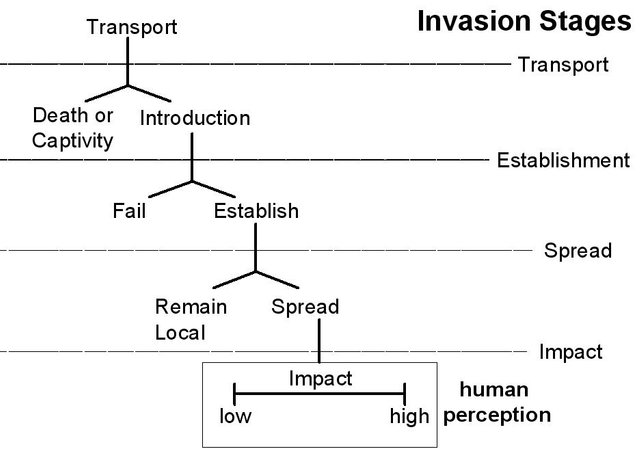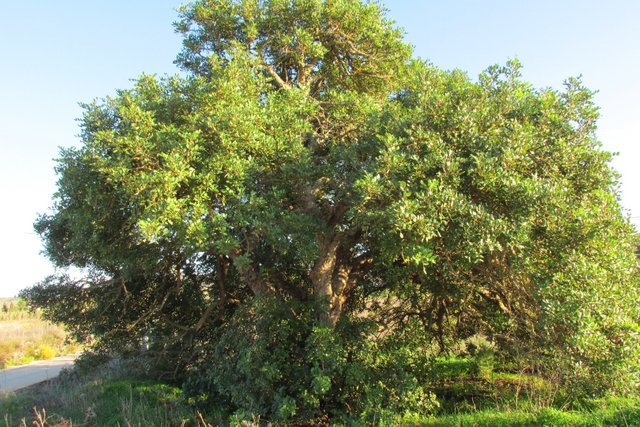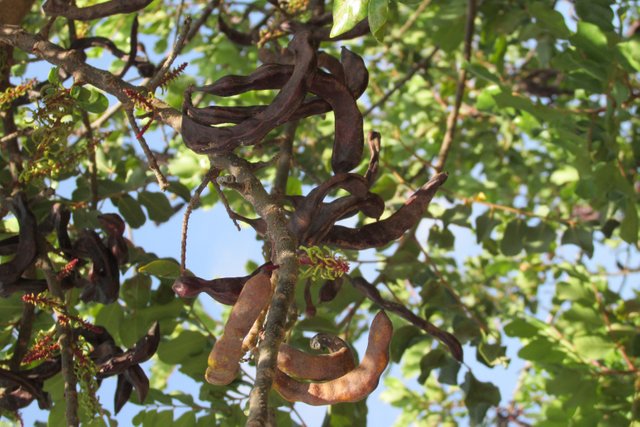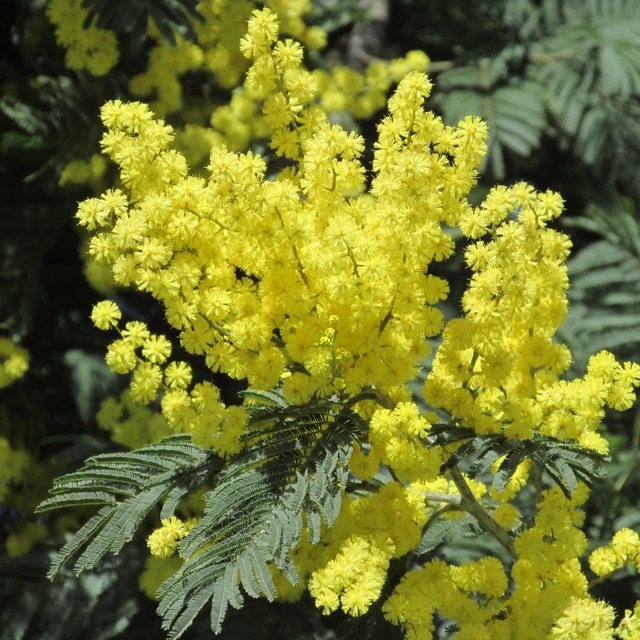Introduced species that became invasive
In my last post on invasive species Human influence on invasive species, I showed that human had a huge influence on the geographic rearrangement of the earth’s biota.
Without human assistance species would have managed to spread, but much less often, much more slowly, and definitely not so far
I also told that some of those introductions became a threat to native species and ecosystems and for human well-being, because they became INVASIVE, with high monetary costs!
Today I want to explain how introduced species turns invasive
First, and fortunately, not all introduced species become invasive. For that, the non-native species must pass through at least three stages before they are able to inflict ecological or economic harm, and only a small amount has that ability.

Source: Lockwood JL, Hoopes MF, Marchetti MP (2007) Invasion Ecology. Blackwell Publishing, Oxford, UK, p. 9.
Invasion process starts with transportation of non-native species into a new geographic area, were are released into the wild (Transport). From these, some are able to establish a self-sustaining population without man direct interference (Establishment). The next step is taken by an established non-native population that is able to grow in abundance and expand its geographic range (Spread). Ecological and economic impacts are noticed only after the population got spread, earning the name "invasive".
Each of these stages represents biologically identifiable steps or ecological barriers that are overcome by invasive ones. Many factors contribute to this invasive process, namely biological attributes of the species, environmental factors, propagule pressure (introduction effort) or residence time.
Resume - Invasive species definition
An invasive species is one that arrives, whether deliberately or inadvertently with human assistance, in a habitat it had not previously occupied, then establishes a population, reproduces and spreads widely beyond the initial point of introduction.
Here in Portugal - some examples
Ceratonia siliqua - carob tree
The carob tree was introduced in Portugal by the Arabs in VIII century, and was first reported as naturalized in 1911 (source). This tree got naturalized in South of Portugal, and nowadays it gained environmentally and economically importance.

Adult carob tree

Carob tree mature pods
Acacia dealbata - silver wattle
The silver water tree is one of the worst invasive plants in our country. The first reference to its presence was registered in 1850, in a small farm close to Lisbon (source), being after disseminated by some enthusiasts and planted as a forest species. Nowadays, it occupies large areas on the mountains from northern and center of Portugal, but also in the riverside in all the territory.

Riverine vegetation was substituted by silver wattle tree invasion

Silver wattle inflorescence (really beautiful, hum? That was the problem)
These 4 photos were taken during my field work
P.S. 1 - Did you find this matter of interest? Feel free to comment and upvote :)
Have a nice Friday and weekend!!
Another excellent post! Well cited, informative, clearly written! One of the most striking things about invasive plants, is they often times don't appear to the standard observer, like they would be a problem. You are showing photos here of beautiful vegetation, but the issues lie beneath the outer beauty. When a species has no natural predators, it's population blooms exponentially, damaging the delicate ecosystems of the areas they invade. You are doing a great job providing examples of this!
Thanks for the support! It really means a lot to me :)
I should have mentioned that natural enemy absence...it's one of the main reasons they can proliferate that well. Maybe I will write on that soon, I already have an idea, I just need time for that! :)
Very nice and interesting reading!
And it will drastically remodel the ecosystem too, sometimes in a good way, sometimes (often) in a bad way. Especially for trees that could just pump all the water resources.
Thanks for your comment and support! An invasive species usually have negative impacts ( I don't remember any with a positive impact, guess it is always a question of perspective).
Usually one needs to wait for one or two generations to see the minds changing. We need a decent time scale to be able to gauge the damages.
You are basically saying that I will be very (very) old till I first see some mind changing. That would be a "bless"!
I should have indeed added a 'hopefully' there :)
Thanks for the excellent post
And good to see Portuguese people on steemit
Keep on with this beautiful work
Thanks! We have to do our best, don't we?? Just posted another one TIL - Phytophthora is a genus of approximately 100 species of fungal-like, plant pathogenic organisms, one of our cork oak causes disease.
@liliana.duarte - #steemSTEM can't be used? it has to be small caps ?
just asking cause I also read the article and wondered if it would work saw you on the comment thread there and saw this -
Silver wattle inflorescence flower shot is a wow btw!
I read it again, and I understand we can use steemstem tag. Even on their post Relaunching SteemSTEM: Increasing Visibility and Rewards to STEM Content on Steemit they use small caps.
@liliana.duarte okay thank you for that , the 6th is up I hope to see you again.
I don't have much time this weekend. Maybe I'll try in Sunday night...can't promise! But i really enjoyed this week theme!! One of my favorites, btw ;)
all tags are lowercase. I would prefer if we could use #steemSTEM, but only #steemstem works for the tags as of yet. Maybe the devs will add uppercase letters to tags as development continues.